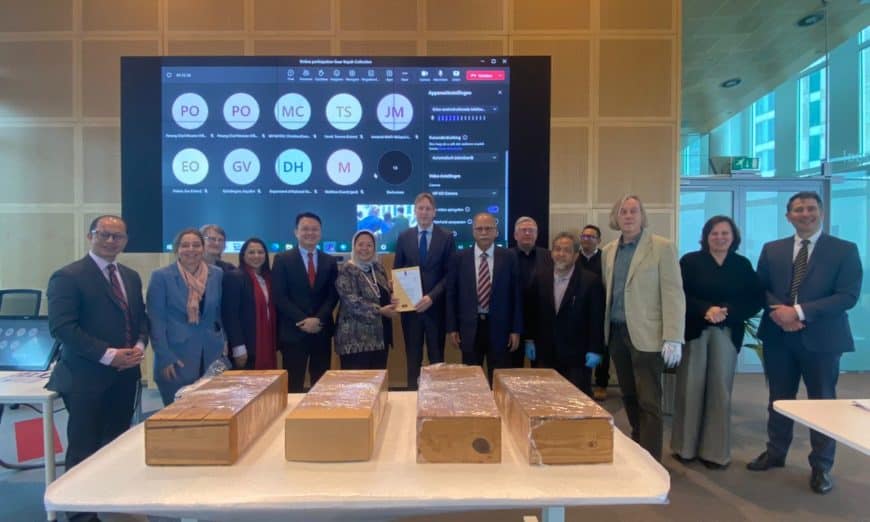THE Penang government is currently in the process of bringing home all 41 skeletons that were removed from the three shell middens in Guar Kepah archaeological site in Kepala Batas.
All the 41 skeletons from three shell middens in Guar Kepah, which were excavated by British archaeologists between 1851 and 1934 are currently placed at the National Natuurhistorisch Museum in Leiden, the Netherlands.
Guar Kepah is the first archaeological site recorded in Malaysia, and it is estimated to be between 5,000 and 6,000 years old.
The archaeological site is also the place where the ‘Penang Woman’ skeleton was discovered in April 2017.
Deputy Chief Minister II Prof Dr P. Ramasamy, who is currently leading a special delegation to the Netherlands, said that the effort was in line with the announcement by Chief Minister Chow Kon Yeow to start the repatriation process of the skeletons.
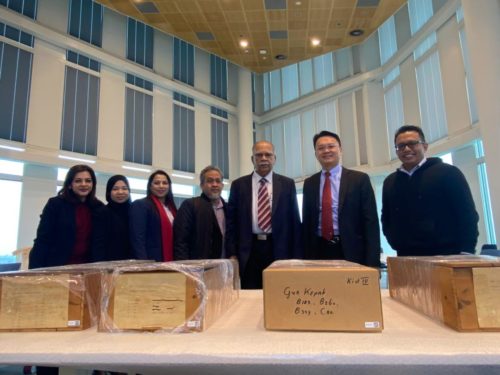
“Through this special delegation, YAB Chow wants these skeletons to be brought home to Penang.
“They will be placed at the Guar Kepah Archaeological Gallery in Kepala Batas.
“The gallery is still under construction and is expected to be completed in the fourth quarter of 2024.
“To realise the initiative, the Penang government’s delegation has paid a courtesy call on Dutch Minister of Education, Culture and Science Robbert Dijkgraaf to determine the status of the 41 skeletons,” said Dr Ramasamy in a press statement today.
Also joining the special delegation were Malaysian Ambassador to the Netherlands Datuk Nadzirah Osman, Penang Tourism and Creative Economy Committee chairman Yeoh Soon Hin, Chief Minister Incorporated (CMI) deputy general manager Datin Bharathi Suppiah and state Communications Division director and Chief Minister’s press secretary Yap Lee Ying.
A special ceremony was held to open a box which contained all 41 skeletons. The skeletons are said to be in a good condition.
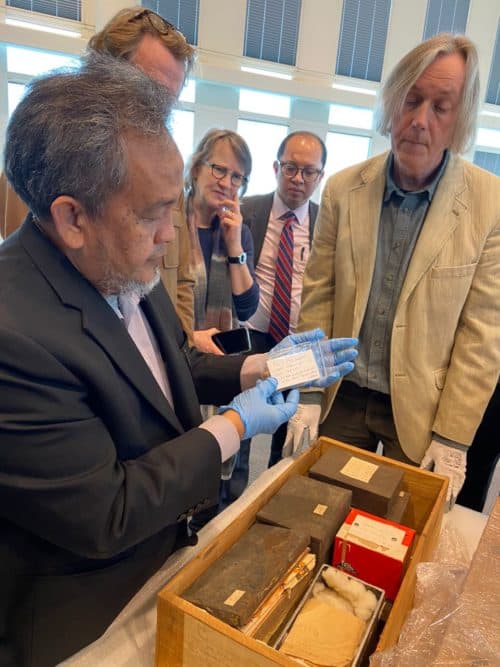
Dr Ramasamy said skeletal remains serve as a major source of information by providing solid evidence and particulars about the past, in terms of prehistoric origin, chronology and the individuals representing the concerned populations.
“Interestingly, in the study of osteoarcheology, the discovery of several skeletons together provides an opportunity to make wholesome research on a group of community.
“Studying bones can give us information about diseases that affected people in the past. For example, if we find certain signs on everyone’s bones in a group, it can mean they all had the same disease. This helps us understand how diseases spread in the past.
“By understanding this, we can find new ways to treat diseases and live healthier lives. The study of bones can help us understand how to prevent and treat diseases in the present and future.
“This will be, among others, our main focus after the repatriation process,” he added.
Dr Ramasamy thanked the Netherlands government for giving Penang the opportunity to conserve and preserve its heritage for the future generation.
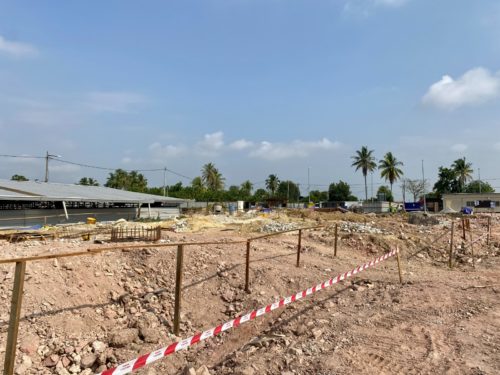
Recently, the Buletin Mutiara team visited the construction site of the Guar Kepah Archaeological Gallery.
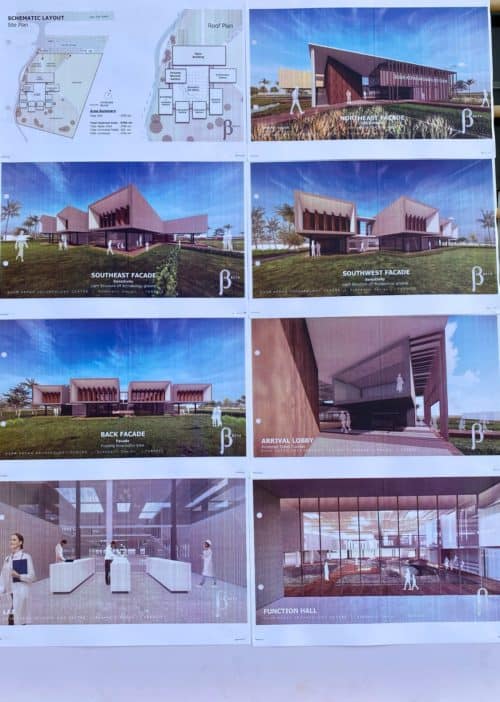
It is learnt that the cost of the project is RM10 million and has been approved by the Federal Government under the 12th Malaysia Plan (RMK-12).
CMI is the land and project owner of Guar Kepah.
The place will be equipped with advanced equipment and facilities to store and preserve artefacts and historic findings.
Story by Riadz Akmal
Pix by Yap Lee Ying and Nuratikah Rahmat

